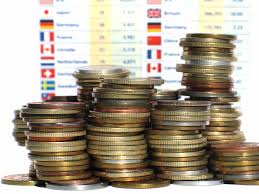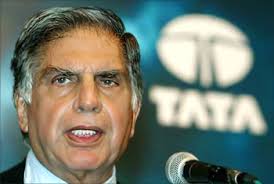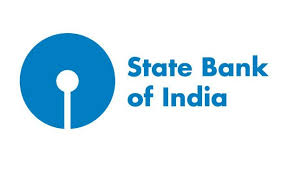Exchange rate basically represents the relative price between two currencies. We also reckon it as the value of one country’s currency in terms of another currency. For example if the rupee-dollar exchange rate is Rs60, it means that we need Rs60 to buy $1. Therefore exchange rate states how many units of one currency one need to buy one unit of another currency.
Without exchange rate it is impossible to do import and export of goods and services between countries. So in that case foreign exchange market is the place which takes care the trading of market currencies. And the fact is that if we consider foreign exchange market in terms of volume trading then it is by far the largest market in the world. It is the most liquid financial market in the world.
Now in very ecumenical term, if someone wants to go abroad then the primary thought emerge into his/her mind is about monetary i.e. in what monetary terms he/she should do payments. So in that case retail exchange market came into existence. Currency for international travel and cross border payments is predominantly purchased from banks, brokerages etc. And trader gets charge of commission from buyer to cover processing cost and the fact is that trader not only get commission’ charge but also acquire additional gains.
Fluctuations in exchange rates generally occurs when demand and supply of particular currency deviates from equilibrium position which means that particular currency tends to be more valuable when its demand is greater than the available supply and it becomes less valuable when its demand is less than available supply. A higher currency makes a country’s exports expensive and imports cheaper in foreign markets. Similarly a lower currency makes a country’s exports cheaper and imports expensive in foreign markets.
According to the definitions, Purchase Power Parity (PPP) is an economic theory that estimates the amount of adjustment needed on the exchange rate between countries in order for the exchange to be equivalent to each currency’s purchasing power. The expenditure on similar commodity must be same in both currencies when accounted for exchange rate. For example an Apple Iphone 6 costs $850 in US then it should cost Rs.51000 in India when the exchange rate is 60 between dollar and rupee.
Basically PPP lessen the risk of false international comparisons. It is a tool to compare economic performance and position of different countries. It helps to determine exchange trend in long run.
And there are many solutions available to reduce exchange rate fluctuations.
Click here for government certification in Accounting, Banking & Finance





21 Comments. Leave new
Nice Article
Nice 😀
Informative article Rahul. Well done. 🙂
Good effort!
This was an informative article.
well explained….
nice article
well written
Truely..exchange rate plays an inevitable role in framing an economy…well written..
Fantastic. It is good you covered PPP in this article. I liked it.
Very informative !! Good job Rahul 🙂
very well explained & nicely written article.
Very good article. Well done!
Well explained and informative
nice
Great efforts.
Informative☺
informative
The exchange rate is lowering as time passes by and rupee gains more value
worth reading
great…